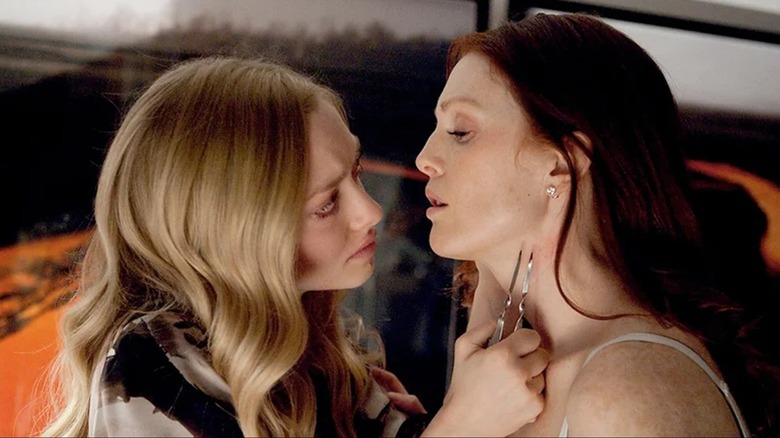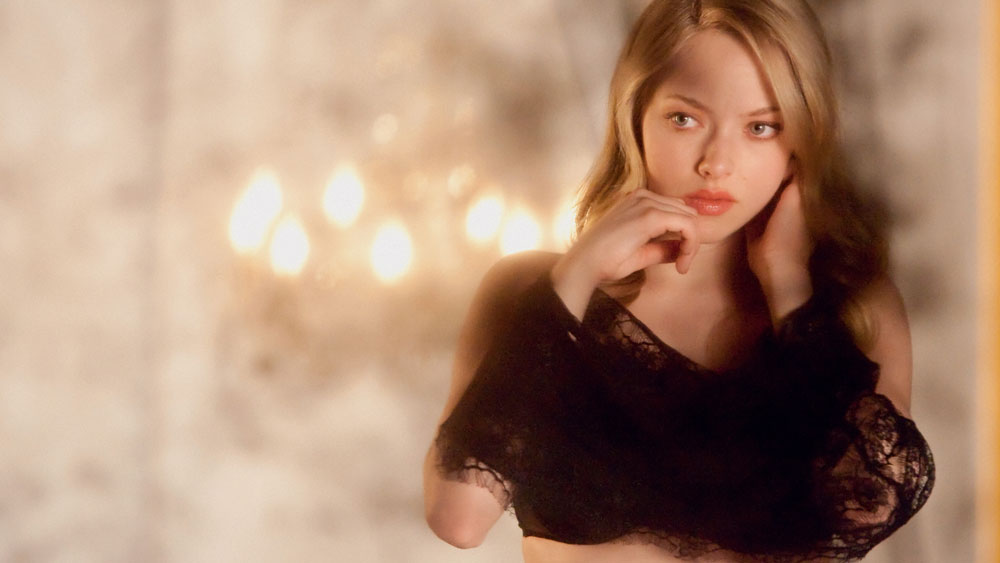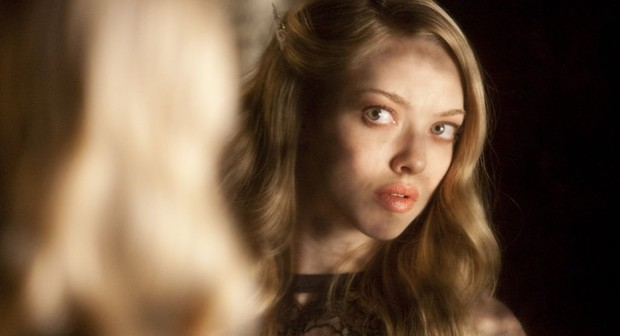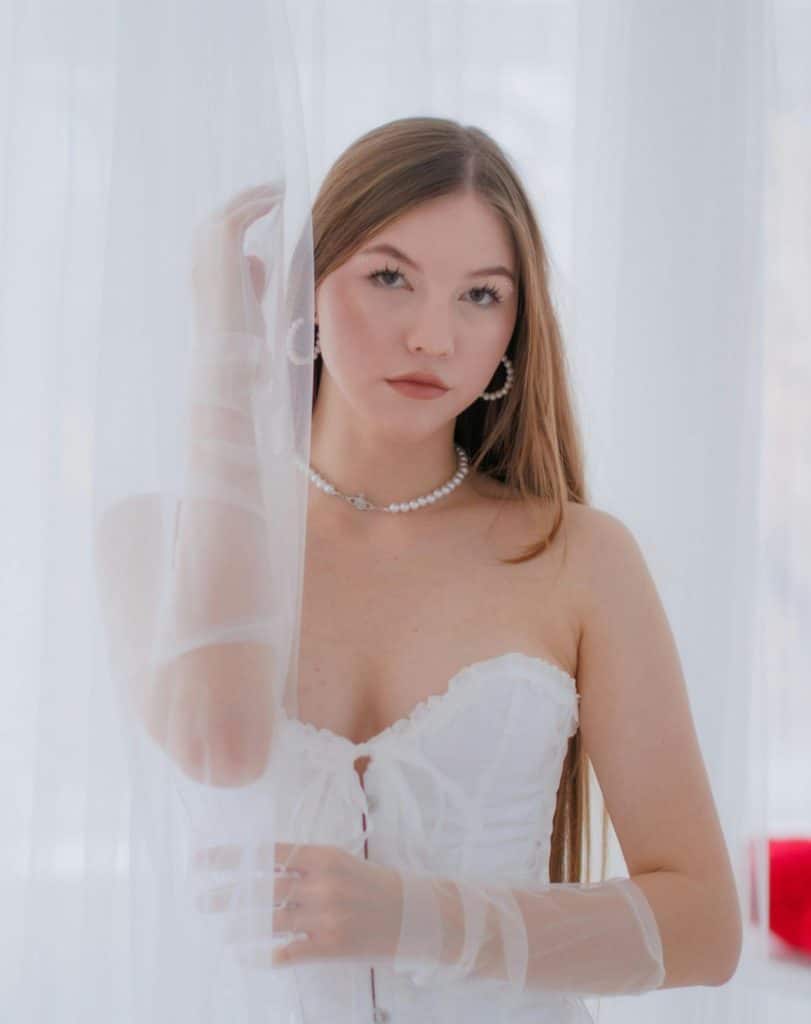The Role That Changed Everything
Amanda Seyfried has had a career marked by a steady evolution — from her early days as Karen in Mean Girls to musical heights in Mamma Mia. But it was Chloe (2009), a quietly provocative psychological thriller directed by Atom Egoyan, that marked a real pivot. In this film, she stepped into darker, more adult territory, playing an escort hired by a suspicious wife (Julianne Moore) to test her husband’s fidelity.
The result? A performance that was both vulnerable and self-possessed, emotionally complex and sexually charged. Seyfried shattered expectations of her girl-next-door image and entered an entirely new realm of screen presence. But Chloe was more than just a turning point in her filmography. It also intersected with a broader cultural conversation around adult entertainment, desire, and how female sexuality is packaged and perceived onscreen.
Just by looking at some of the rapidly growing platforms in the industry, such as Erobella, it is clear to see there is a growing sense of awareness, respect, and openness surrounding sex work. This shift isn’t happening in a vacuum — it reflects a broader cultural reevaluation of how society treats intimacy, agency, and labor. Platforms like Erobella are carving out a space where sex work can be viewed as a legitimate form of self-expression,
Navigating the Edge of the Adult Industry

Though Chloe was by no means pornographic, it leaned heavily into the aesthetics and emotional language of adult cinema. It played with intimacy, performance, and voyeurism — themes that echo through the adult industry. Seyfried’s portrayal of Chloe as both a sexual fantasy and a real, emotionally damaged woman peeled back a layer of artifice that is often expected in roles involving sex work.
In an industry still reluctant to portray sex workers with nuance, Chloe dared to give Seyfried’s character autonomy and depth. She wasn’t just a plot device or a cautionary tale. She had needs, boundaries, and her own power dynamics. That mattered. It subtly disrupted the cinematic tradition of reducing escorts to background players, and put them at the emotional core of a mainstream film.
Style on a Budget: Chloe’s Luxe Appeal

A defining part of Chloe’s allure is her look. Seyfried’s wardrobe in the film became a character in itself — sleek, tailored, and undeniably high-end. Her long coats, crisp white blouses, and sultry lingerie spoke of quiet luxury. But the real charm was how attainable the style felt. This wasn’t head-to-toe designer overload. It was a masterclass in dressing expensively without the actual price tag.
The appeal of “looking expensive on a budget” resonates across industries — including adult work. Many independent sex workers and content creators understand that visual presentation is currency. They know how to layer neutral tones, invest in a signature accessory, and let good lighting do the heavy lifting. Chloe’s style is aspirational, but not out of reach. It says power, sensuality, and control — all in a sharply belted coat and perfect blowout.
Why This Role Mattered in Seyfried’s Career
Amanda Seyfried didn’t just get noticed for going “edgy” in Chloe. She proved that she could carry tension, mystery, and a character whose motives are anything but clear. Chloe is seductive, yes — but also fractured, manipulative, lonely. Seyfried delivers these contrasts not with melodrama, but with quiet glances, delicate pauses, and the emotional contradictions of someone who’s never been loved on her own terms.
This complexity opened doors. After Chloe, she landed more adult, psychologically rich roles. Whether playing Linda Lovelace in Lovelace or tackling the high-stakes drama of The Dropout, Seyfried has shown time and again that she can hold a scene with intensity and emotional realism. You can trace that directly back to Chloe.
Adult Industry Echoes: Performance and Perception
What’s especially fascinating about Chloe is how it reflects the performative aspects of sex — not just in the literal sense, but in how we behave in relationships. Chloe performs for clients, for Catherine (Julianne Moore), and even for herself. That layered approach mirrors the way adult entertainers often describe their own work — part fantasy, part emotional labor, part survival.
Chloe isn’t about titillation. It’s about the cost of playing roles for others. This is something that creators in the adult world have long spoken about — the mental gymnastics of being wanted for a version of yourself, rather than your whole self. Seyfried’s performance doesn’t just touch this line — it walks it with empathy.
Key Takeaways from Seyfried’s Role in Chloe
- Bold Career Move: This was one of the first roles that let Seyfried step away from wholesome roles into more psychologically layered territory.
- Adult Industry Parallels: Chloe’s emotional performance of intimacy echoes the experiences of sex workers and adult performers.
- Fashion as Narrative: Her wardrobe speaks to power, class aspiration, and curated seduction.
- Emotional Realism: Seyfried’s nuanced portrayal elevated the film beyond erotic thriller tropes.
- Industry Impact: The film helped expand the mainstream portrayal of sex workers, offering complexity rather than caricature.
A Lasting Impression
More than a decade later, Chloe still holds up as one of Amanda Seyfried’s most quietly subversive performances. It’s not loud. It doesn’t demand attention through spectacle. But it lingers — in the subtlety of her expression, in the carefully constructed world her character inhabits, and in the way it challenges us to look at sex work, desire, and power with more nuance.
In a media landscape where adult content is more accessible than ever but still often misunderstood, Chloe feels oddly current. And Amanda Seyfried’s performance? It was ahead of its time.





















